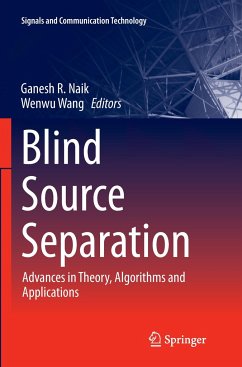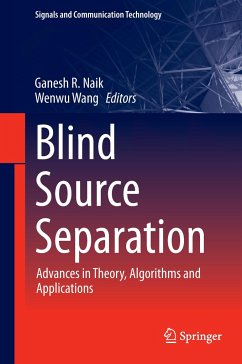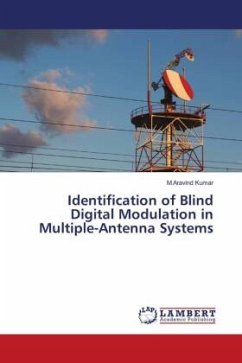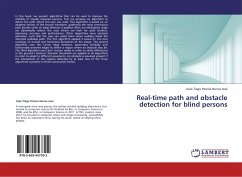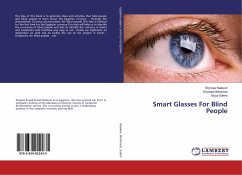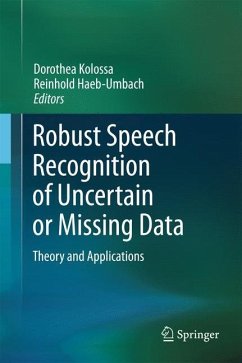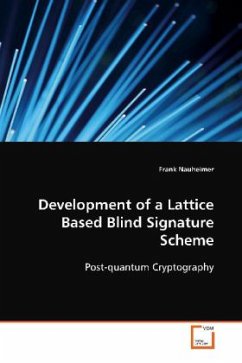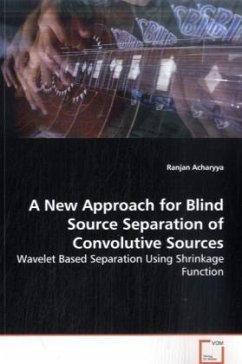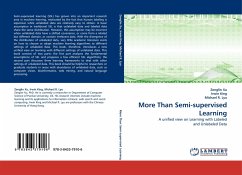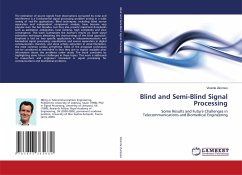
Blind and Semi-Blind Signal Processing
Some Results and Future Challenges in Telecommunications and Biomedical Engineering
Versandkostenfrei!
Versandfertig in 6-10 Tagen
39,99 €
inkl. MwSt.

PAYBACK Punkte
20 °P sammeln!
The estimation of source signals from observations corrupted by noise and interference is a fundamental signal processing problem arising in a wide variety of real-life applications. Blind techniques, including blind source separation and independent component analysis, have become very popular over the last decades, but they also present important drawbacks such as estimation ambiguities, local extrema, high complexity and slow convergence. This work summarizes the Author's results on novel signal estimation techniques alleviating the shortcomings of the blind approach. Emphasis is laid on tw...
The estimation of source signals from observations corrupted by noise and interference is a fundamental signal processing problem arising in a wide variety of real-life applications. Blind techniques, including blind source separation and independent component analysis, have become very popular over the last decades, but they also present important drawbacks such as estimation ambiguities, local extrema, high complexity and slow convergence. This work summarizes the Author's results on novel signal estimation techniques alleviating the shortcomings of the blind approach. Emphasis is laid on two specific applications in telecommunications and biomedical signal processing: equalization and source separation in digital communication channels, and atrial activity extraction in atrial fibrillation, the most common cardiac arrhythmia. Most of the proposed techniques can be considered as semi-blind in that they aim to exploit available prior information about the problems under study. The book concludes by highlighting some future challenges in these topics. This work is addressed to researchers and engineers interested in signal processing for communications and biomedical problems.



